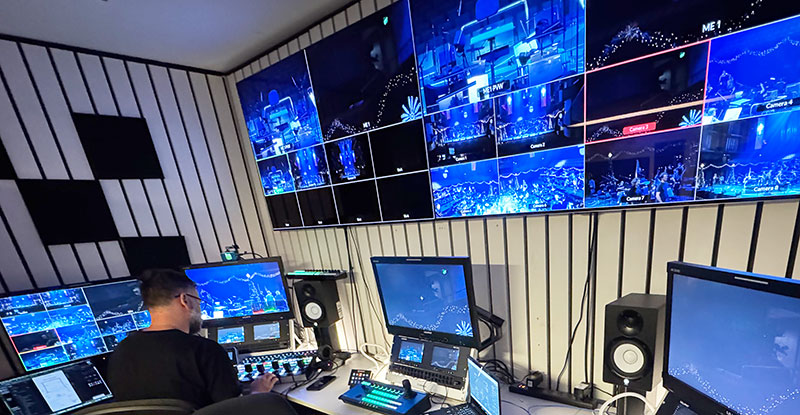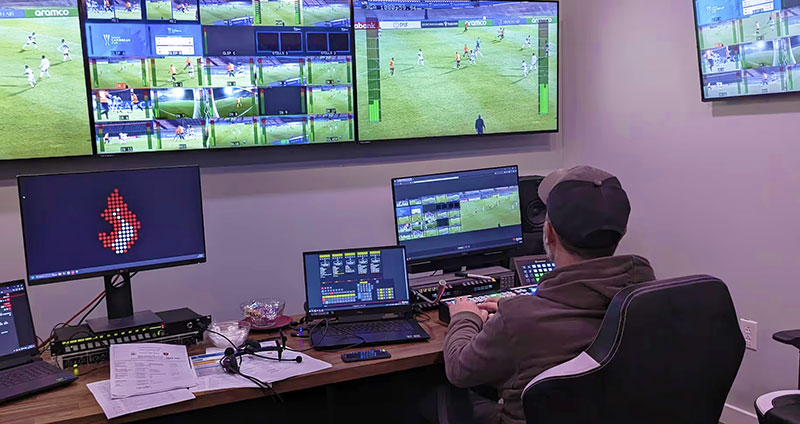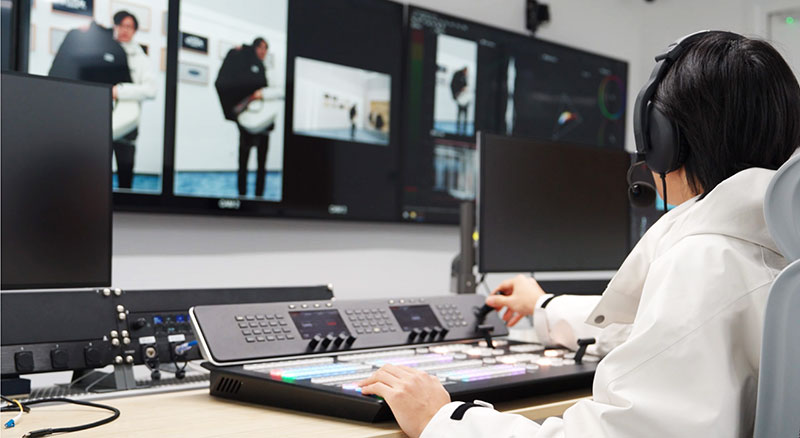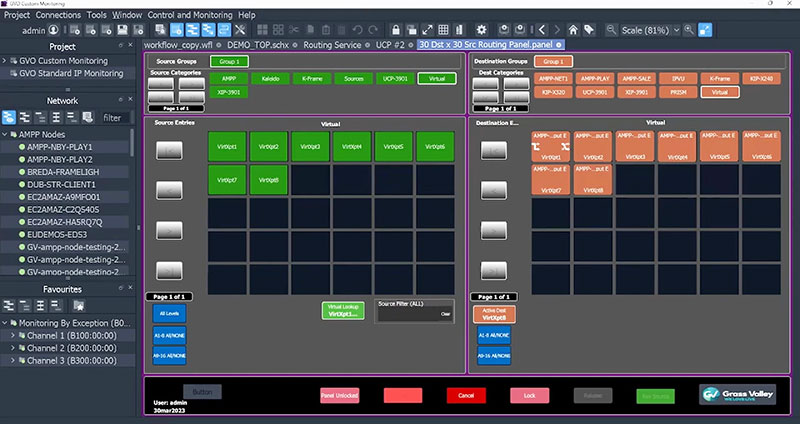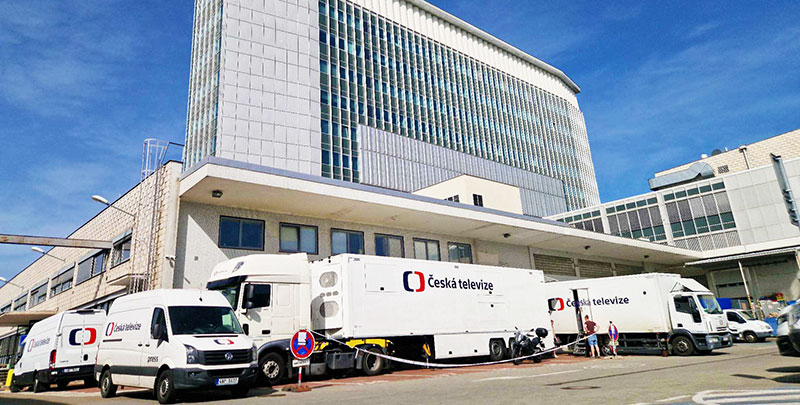Nevion’s Olivier Suard tells why modern broadcast control systems, through automation, intent-based operation and robust security, are essential to an IP and cloud-focused future.

IP and cloud are pushing the broadcast industry towards its most significant technological and business changes in decades, particularly in live production. These technologies support shared resources, dynamic workflows and remote production, fundamentally reshaping how content is created and delivered. However, the transformative potential of these technologies could be limited by legacy approaches to broadcast control.
Broadcast control systems (BCSs) are used to set up efficient, unified access to and control over resources and systems in live and studio environments, including IP edge devices and network infrastructure, baseband video routers and switchers, audio routers and mixers, multiviewers, intercom systems and so on.
Traditional broadcast control systems were originally designed for static, localised environments, and struggle to manage the complexity of IP-based workflows. In this article, Nevion’s Vice President of Marketing Olivier Suard talks about taking full advantage of IP and cloud, and why it’s time for BCSs to transition from traditional tools to modern solutions that embrace emerging technologies.
Legacy Approaches
IP and cloud are rapidly changing live production by breaking down distance and format barriers. IP networks enable geographically distributed production resources (including people, processing and equipment) to function together in a single production ecosystem.
For example, replay servers, switchers, mixers and encoders can now be variously located on-premises, in private data centres, the cloud or in other locations. Olivier said, ”Cloud is introducing resources to broadcast that adapt dynamically to production requirements. Organizations can scale resources up and down, thereby optimizing efficiency and reducing costs.
“However, while legacy BCSs have managed relatively static resources that are confined to a single location, the move towards IP-based infrastructures brings such complexities as the management of connectivity for hundreds or even thousands of devices across multiple networks. Furthermore, legacy systems are often unable to support multiple media formats simultaneously, including UHD, HD and Dolby, and struggle to integrate on-premises and cloud-based resources for hybrid workflows.
“Without significant updates, legacy BCSs risk becoming bottlenecks in the modernization of broadcast operations.”
Modernising Broadcast Control Systems
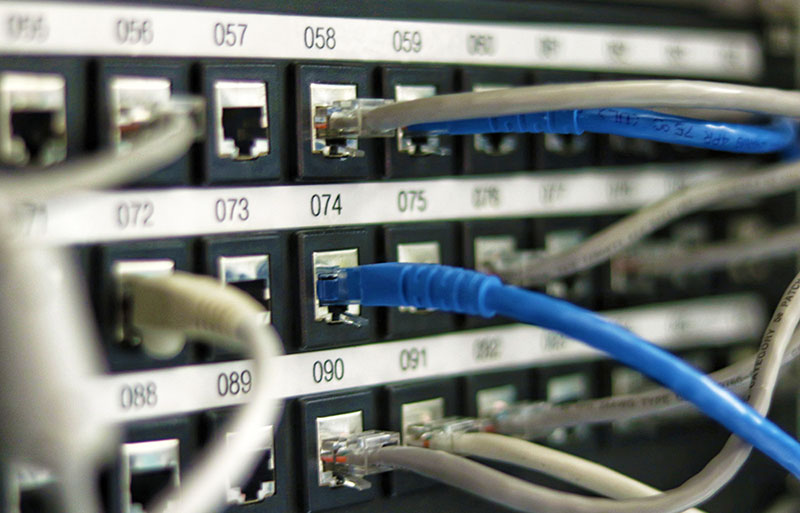
One of the key requirements of a BCS in an IP and cloud world is the ability to automate tasks in a live production environment to a level that has not been seen before in traditional SDI environments. For example, by automating tasks such as resource allocation, signal routing and setup processes, broadcasters can simplify operations and reduce the risk of human error.
“Other examples could include automating the setup and teardown of shared resources once they are no longer needed,” noted Olivier. “Scheduling resources is already necessary in today’s production environments, but will become even more important as these resources are shared and more processing moves to software and to hybrid ground-cloud workflows.
“Currently, broadcast operators are accustomed to manually selecting devices for a particular setup, which requires a level of knowledge about the underlying infrastructure. In dynamic environments, which increasingly have software-defined resources in the cloud, this is no longer possible. Instead, intent-based approaches have become a necessary feature of modern BCSs.”
These tools allow operators to specify what they need to achieve, rather than how to achieve it. For instance, an operator could request the conversion of an SDR feed to HDR for a specific production, leaving the system to determine the optimal resources and configurations automatically.
An intent-based approach reduces complexity and frees up operators to focus on creative and strategic tasks. Templating the logical building blocks of production, such as the studio, data centre and gallery resources, further simplifies this approach – processes can be set up at a higher level before needing to consider which devices will be needed.
Ease of Use and Security
Related to automation, BCSs also need to be user-friendly. “The goal should be that regardless of the type of production, operators should be able to focus on their job by hiding the underlying complexity that is irrelevant to them,” Olivier said. “For example, a vision mixer operator’s main aim may be to control how sources are presented into the vision mixer, without needing to see where they originated from or how they were originally routed. A BCS should be able to simplify the end-to-end workflow into digestible steps, each relevant to the specific member of staff.
“Ease of use for staff can be facilitated by making BCSs accessible from anywhere, rather than being locked to a specific location such as a production control room. Standardization is key to this capability. Staff should be able to log in from any station and access the necessary production control surfaces. Forward-thinking broadcasters have incorporated multi-functional rooms, where the setup is adaptable for specific productions or different functions.”

Olivier recalled that, earlier on, broadcast controllers have essentially operated within walled environments. Insecure protocols, without any security standards built-in, were acceptable. But with IP, the distributed nature of production often means staff are located anywhere, creating security concerns and making it essential to secure communication between the BCS and end devices in order to protect them from potential breaches.
He said, “Because BCSs themselves contain critical data, effective authentication, authorisation and accounting mechanisms are required to protect against malicious use.”
Innovation in the Future of Live Production
The evolution of live production via IP and cloud gives broadcasters the opportunity to enhance efficiency, scalability and flexibility. But taking full advantage of this potential requires a modern approach to BCSs. Over time, legacy systems designed for static environments are becoming less able to handle the dynamic software-designed workflows and hybrid infrastructures of today’s productions.
Modern BCSs, with features such as automation, intent-based operation, straightforward design and robust security are essential for broadcasters to navigate an IP and cloud-focused future. These systems simplify operations, reduce engineering complexity and allow operators to focus on creative and strategic tasks, rather than technical hurdles.
Olivier said, “This is only the beginning for BCS innovation. With IP and cloud paving the way for data-driven workflows, there are new opportunities for AI integration, helping systems to be more adaptive, efficient and intelligent, and helping organizations to deliver high-quality content across diverse platforms and formats.” nevion.com





